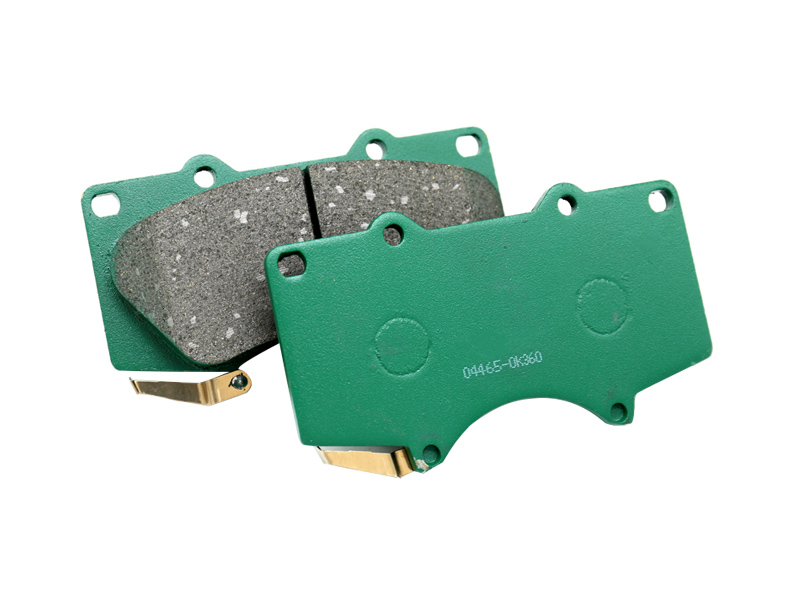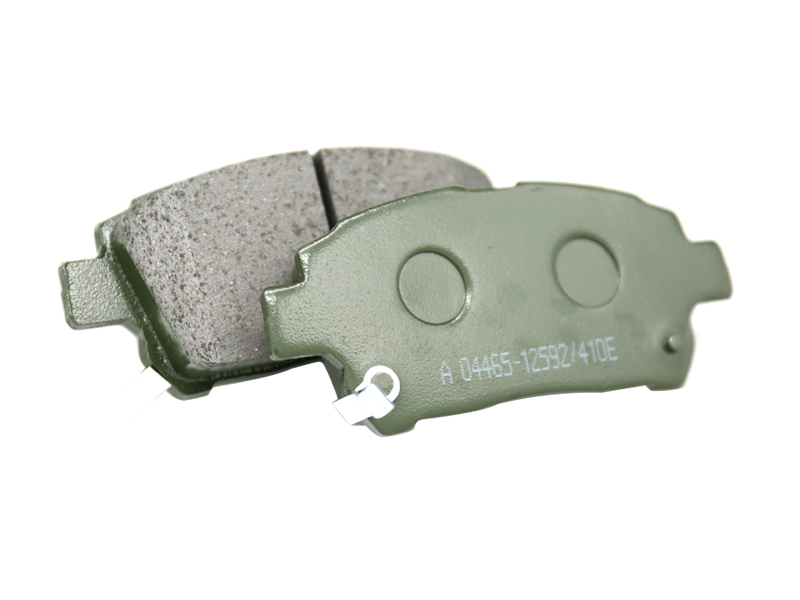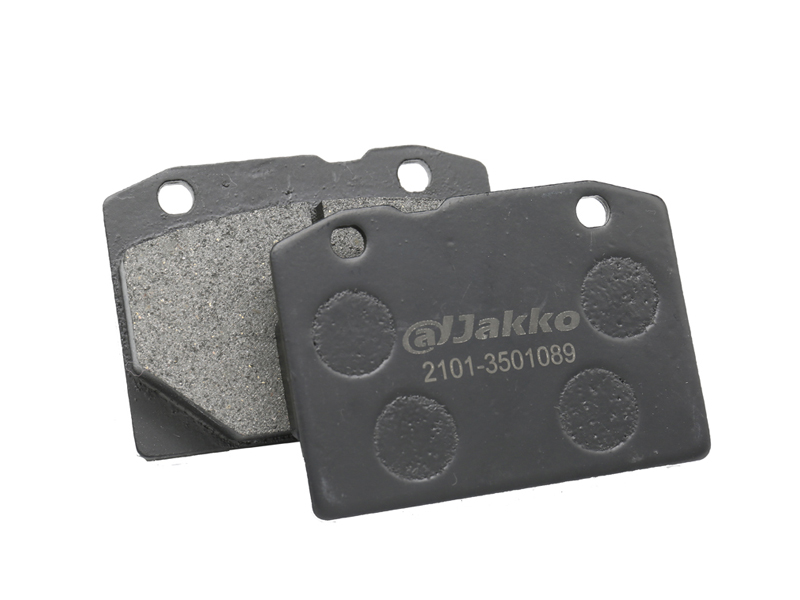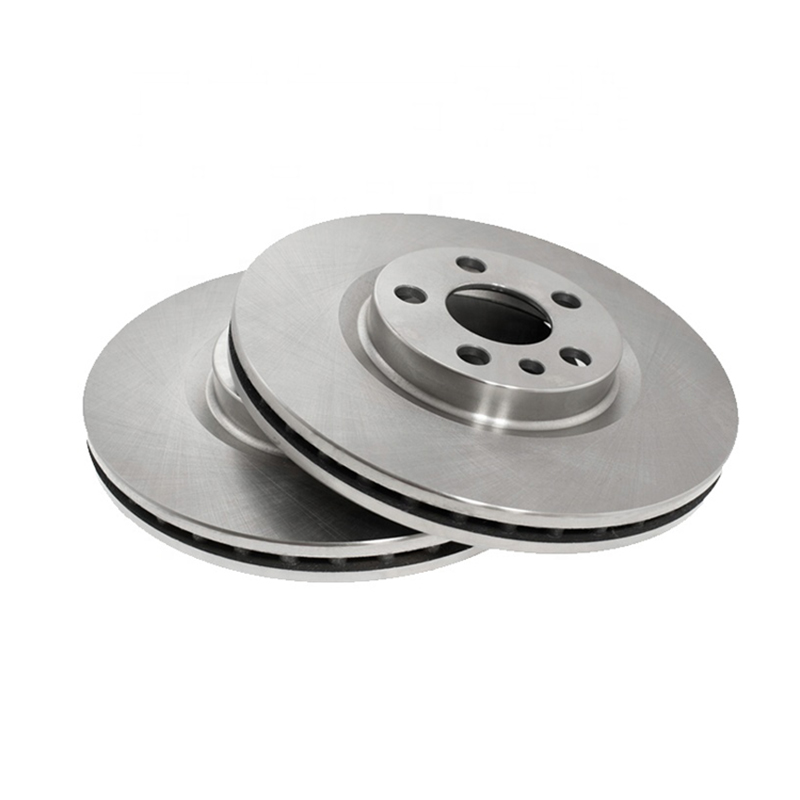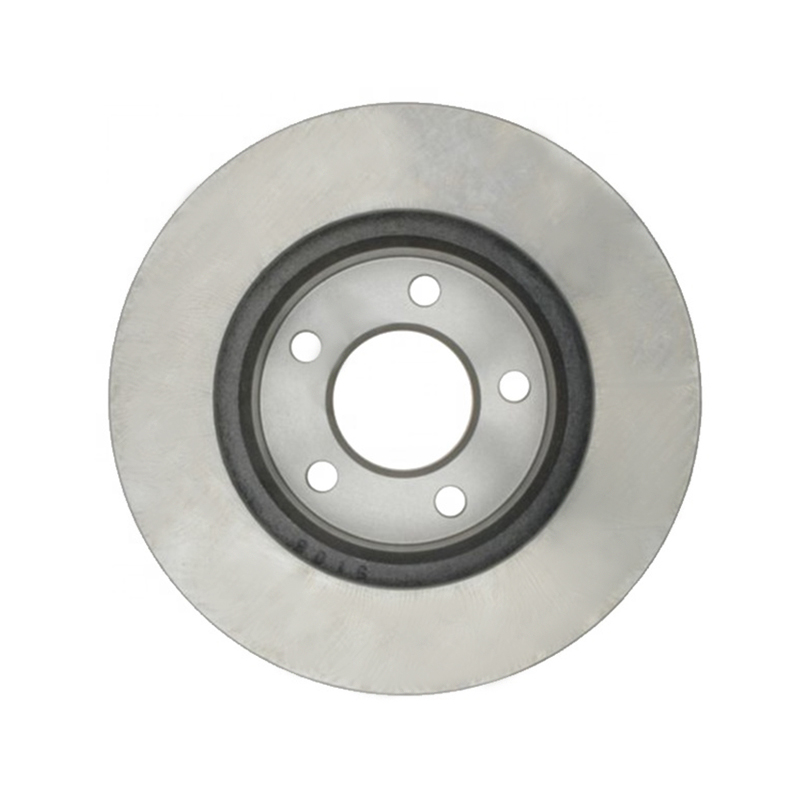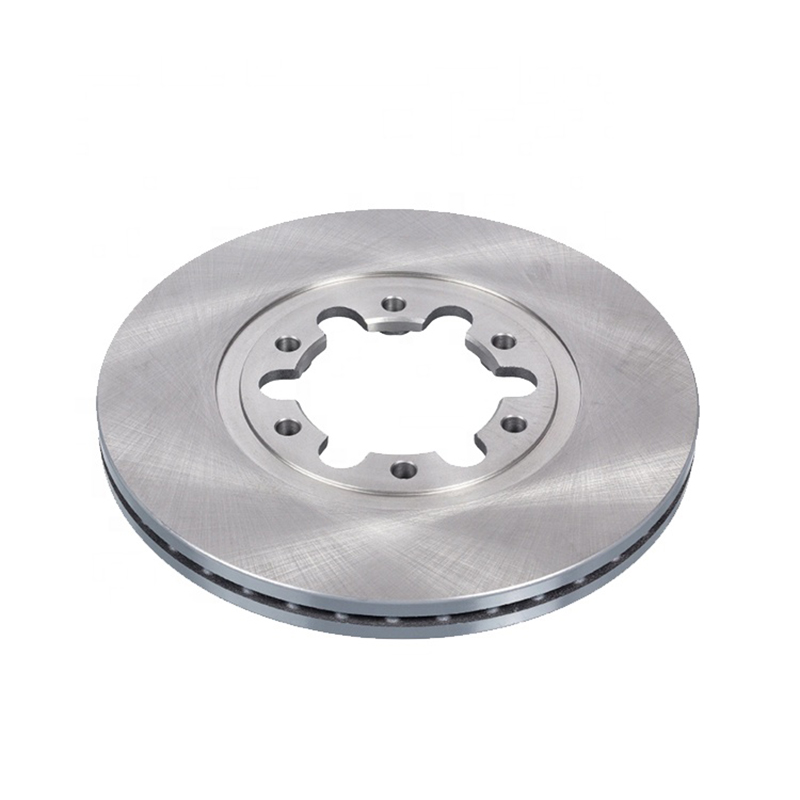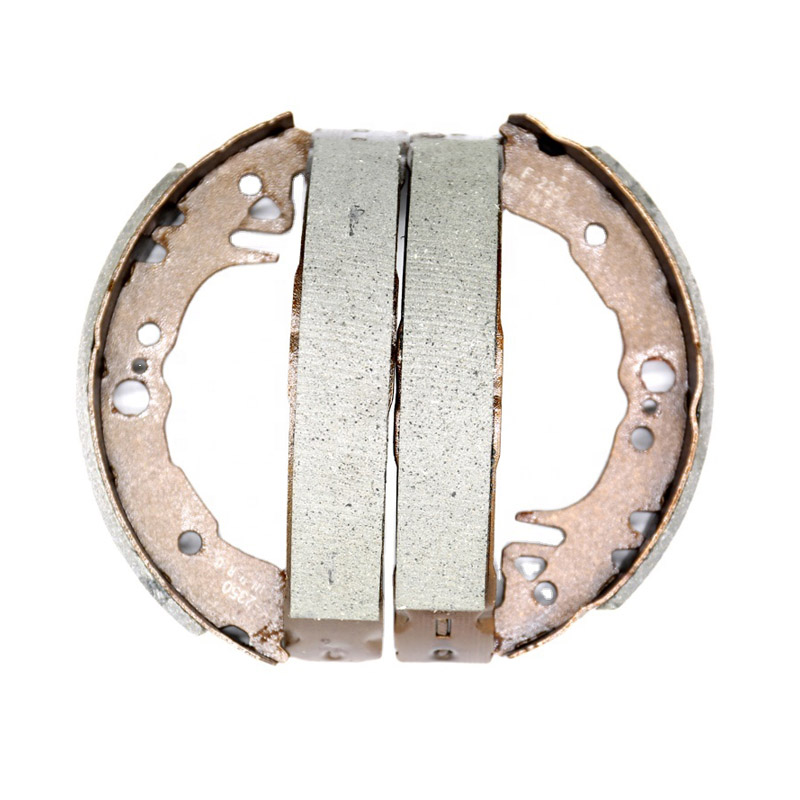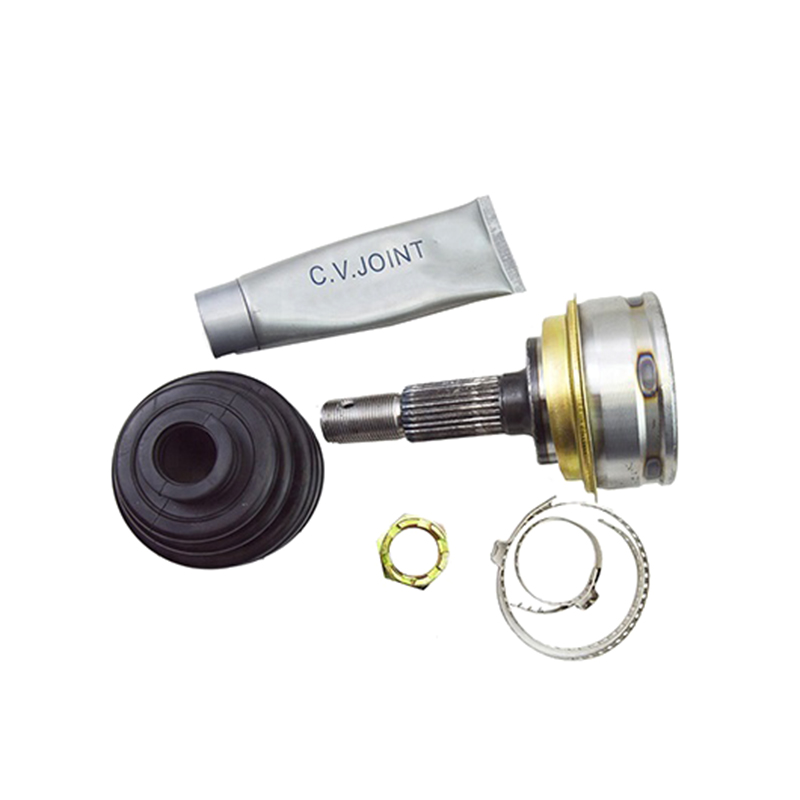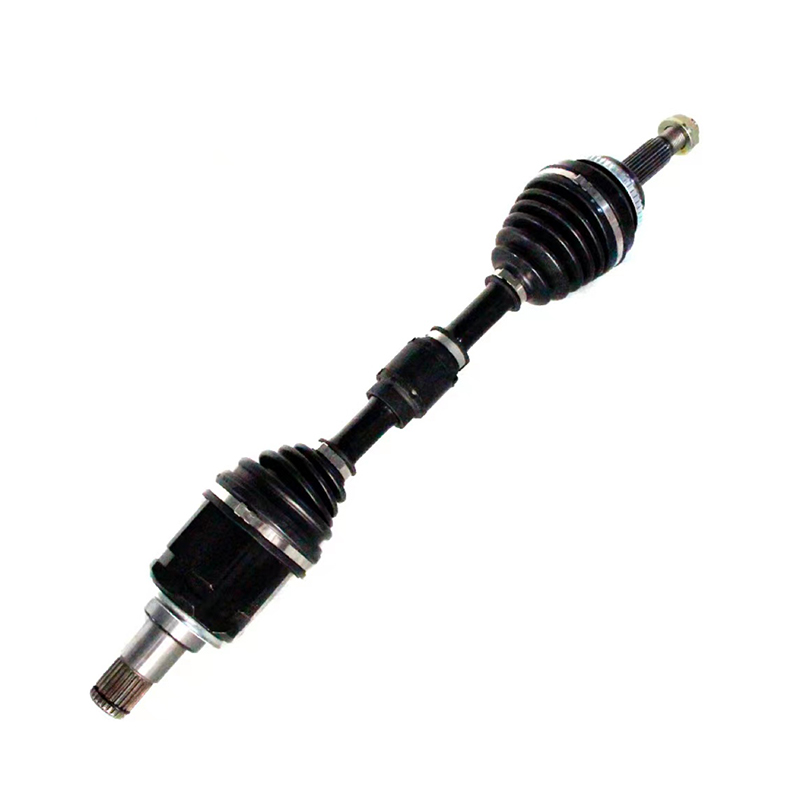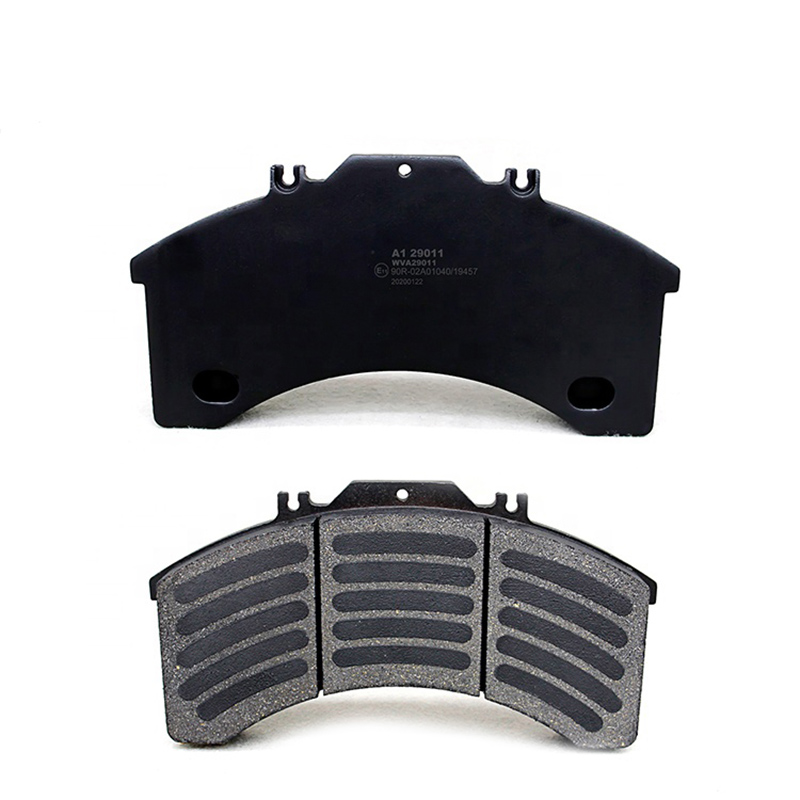Maintaining and lubricating
drive shafts is essential to ensure their longevity and optimal performance. Proper maintenance and lubrication can help prevent premature wear, reduce friction, and minimize the risk of failures. Here are the steps to maintain and lubricate drive shafts effectively:
Maintenance Steps:
Regular Inspection:
Begin by visually inspecting the entire drive shaft assembly for any signs of damage, wear, or loose components. Pay attention to the U-joints, yokes, and splines.
Check for any unusual vibrations, noises, or play in the drive shaft during operation.
Tighten Fasteners:
Ensure that all fasteners, such as U-bolts, flange bolts, and retaining straps, are properly tightened. Loose fasteners can lead to misalignment and excessive wear.
Check for Balance:
If the drive shaft is showing signs of vibration, it may be out of balance. Consider having the drive shaft balanced by a professional to reduce vibrations and extend its life.
Examine U-Joints:
Inspect the universal joints (U-joints) for signs of wear, such as worn needle bearings, rust, or excessive play.
Replace U-joints that show any signs of damage or wear.
Inspect Yokes and Splines:
Check the yokes and splines for signs of wear, pitting, or rust.
Clean and lubricate the splines as part of the regular maintenance routine.
Lubrication Steps:
Use the Right Lubricant:
Select a suitable lubricant for the specific type of universal joint and application. Consult the manufacturer's recommendations for the correct lubricant.
Clean the Joints:
Before applying new lubricant, clean the U-joints and yokes to remove old grease, dirt, and debris. Use a wire brush or solvent if necessary.
Grease Fittings:
Locate the grease fittings (zerk fittings) on the U-joints and yokes. Attach a grease gun to each fitting.
Pump Grease:
Pump the recommended amount of grease into each fitting until you see fresh grease coming out from the seals or gaps in the U-joint.
Monitor the joint while greasing to ensure that it is properly filled but not overfilled.
Rotate the Shaft:
After greasing, rotate the drive shaft a few times to help distribute the grease evenly within the joint.
Wipe Excess Grease:
Wipe off any excess grease from the drive shaft with a clean cloth or paper towel.
Seal Inspection:
Inspect the seals on the U-joints for any damage or leaks. Replace damaged seals to prevent contamination.
Recheck Fasteners:
Recheck all fasteners, including those securing the U-joints and yokes, to ensure they are still properly tightened.
Record Maintenance:
Keep records of your drive shaft maintenance, including the type of lubricant used, the date of service, and any observations or repairs made.
Regular maintenance and lubrication of drive shafts are essential for preventing wear, reducing the risk of breakdowns, and maintaining efficient power transmission. The frequency of maintenance depends on factors like usage conditions and manufacturer recommendations, so consult the vehicle or equipment's maintenance schedule for guidance.

